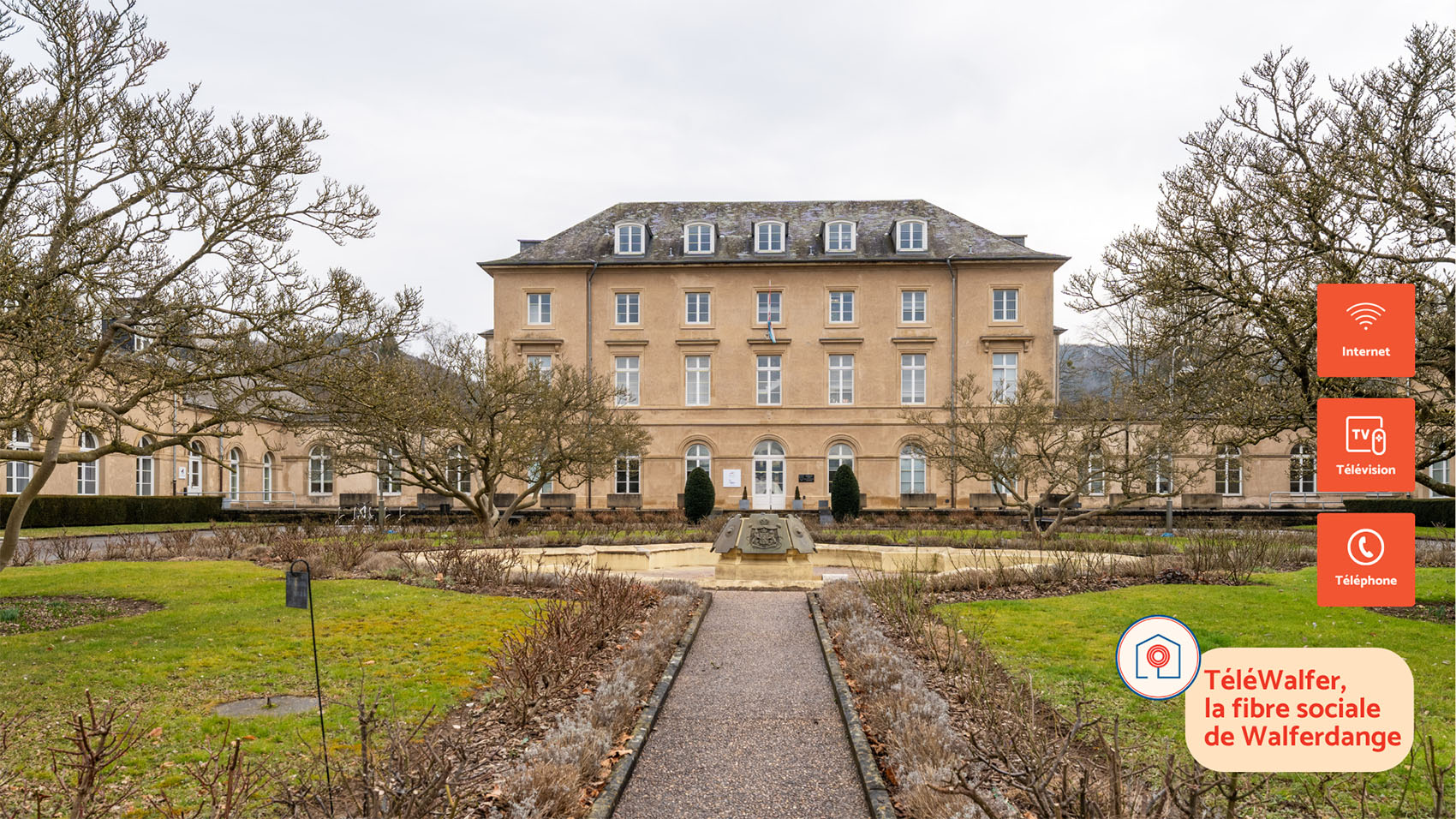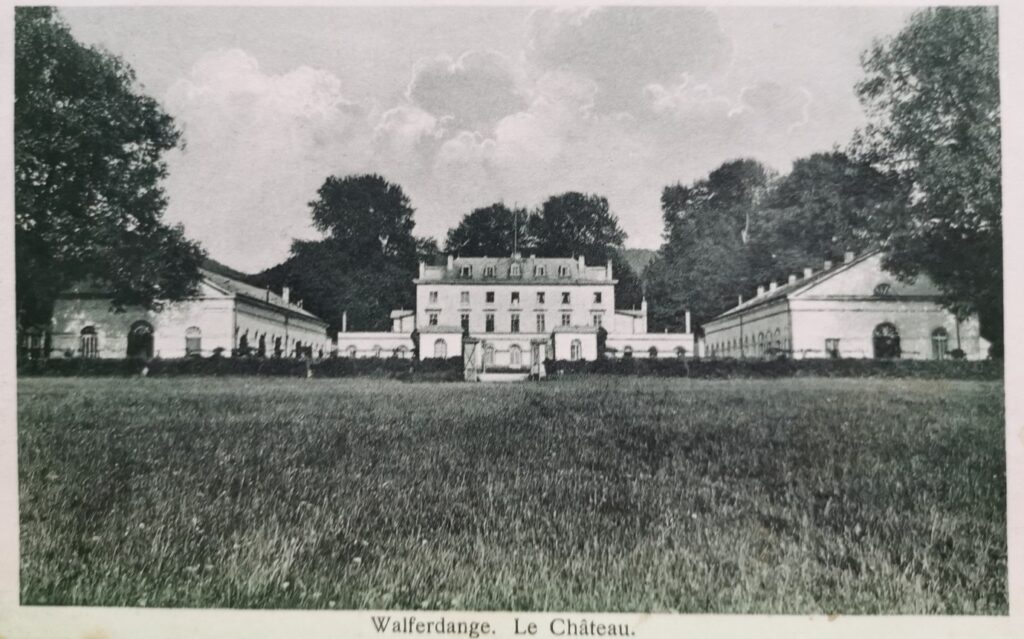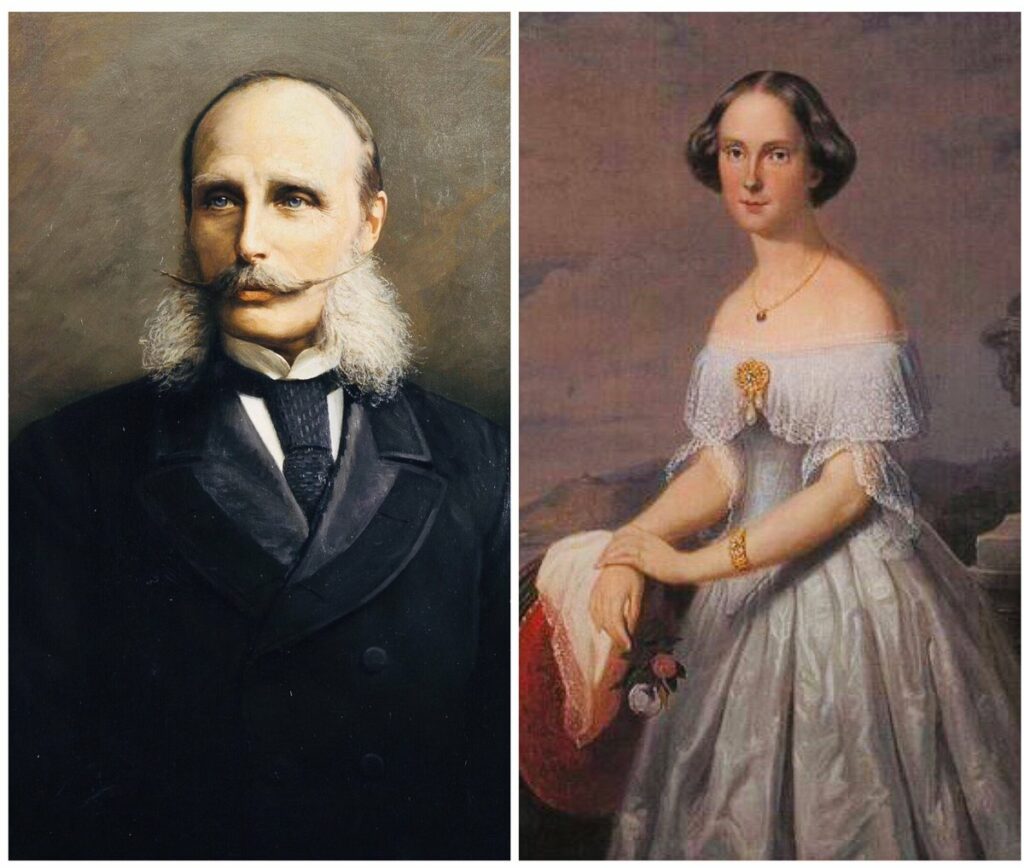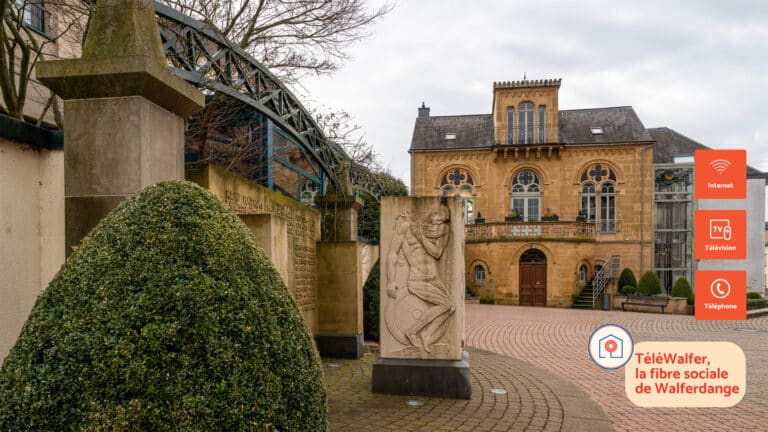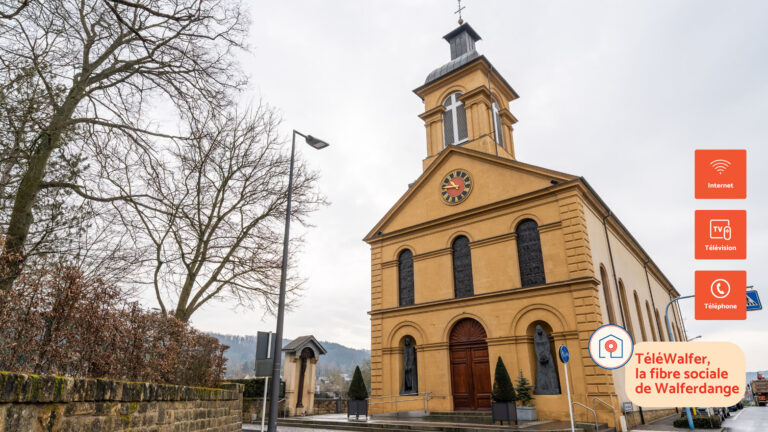From Stud Farm to Royal Residence
Between 1824 and 1828, King William I of the Netherlands, who following the Congress of Vienna was also Grand Duke of Luxembourg, had the castle built as a stud farm for breeding horses. His son, William II, later saw its potential as a royal residence, making it a place of greater prestige.
The castle’s golden era came under Prince Henry, King-Grand Duke William II’s brother, sent as “Lieutenant-Représentant” of the Grand Duke to Luxembourg. He moved in with his wife Amalia in 1853. They expanded both the castle and its gardens, transforming it into an elegant estate.
Prince Henry was well loved in Walferdange, known for his Christmas gifts to local children, which made him a cherished figure in the community.Prince Henry died in the Walferdange castle in 1879. The castle remained empty for years until Grand Duke Adolphe, the first Grand Duke of the Nassau-Weilburg dynasty, adopted it from 1890 to 1905 as his summer residence, fully restoring and modernizing the estate.
A Changing Role in the 20th Century
As times changed, so did the castle’s purpose. Throughout the 20th century, it was no longer used as a royal home but served various practical functions:
- It became a hospital during times of need.
- Later, it housed a teacher training college to support education.
- During wartime, it was used as army barracks—first by American troops, then by the Luxembourg army.
- It was later repurposed as a teacher training institute (ISERP), shaping future educators in the country.
Walferdange Castle Today
In 2003, the University of Luxembourg moved part of its Faculty of Language and Literature, Humanities, Arts, and Education into the castle, giving it a new academic role. However, in 2015, the building transitioned once again and is now used by the Ministry of National Education, Childhood, and Youth, continuing its role in the service of the country. Recently, the International School Gaston Thorn in Kirchberg announced it would use the castle as a secondary site for older students as of September 2025.
While it is not open to the public, Walferdange Castle remains an important part of the town’s history. It stands as a reminder of Walferdange’s royal past while continuing to serve a practical role in modern Luxembourg.

